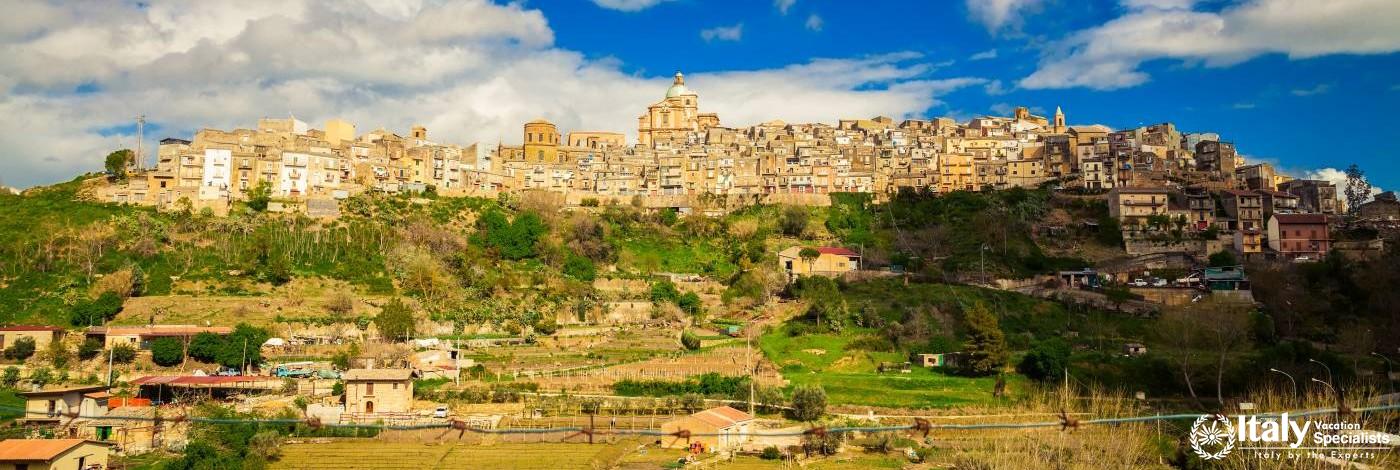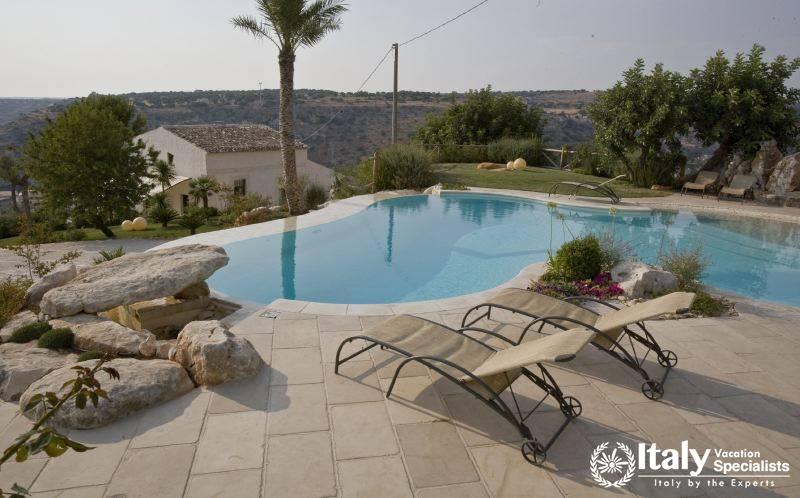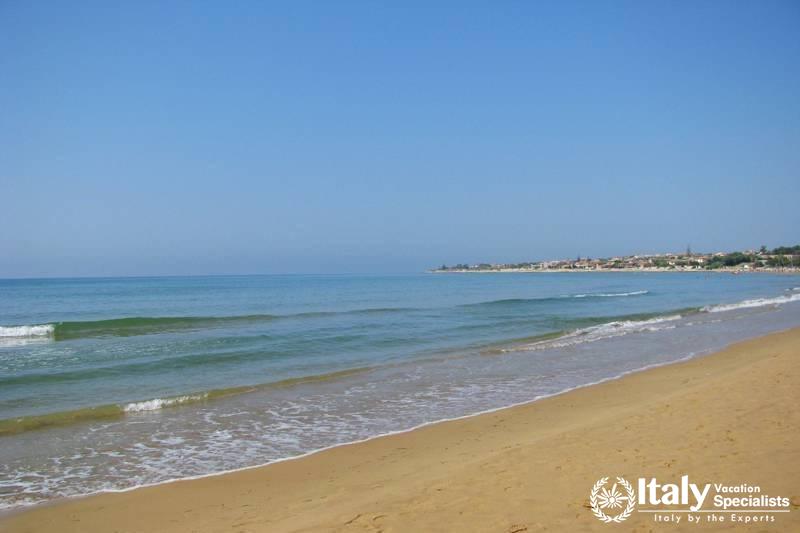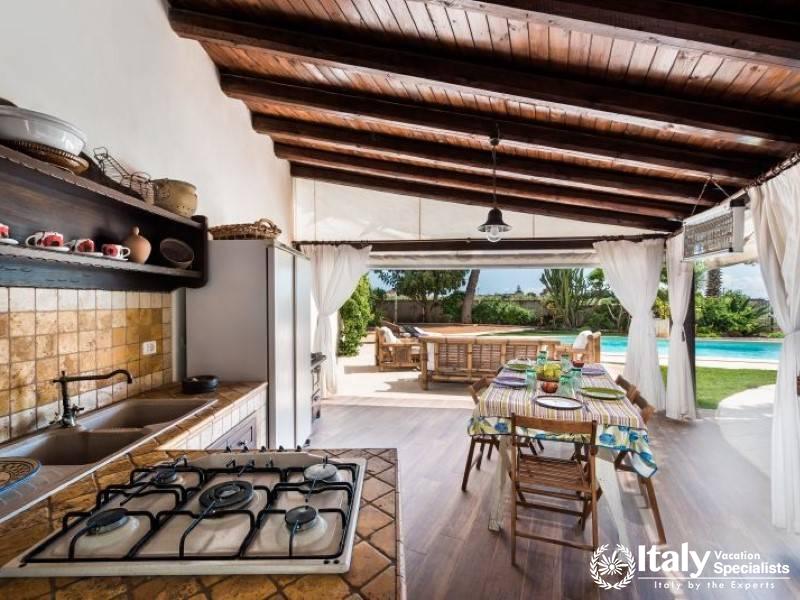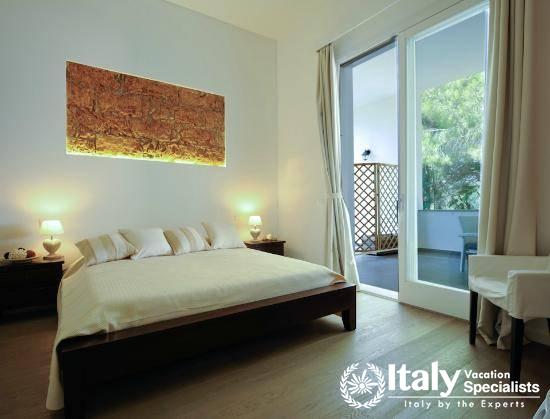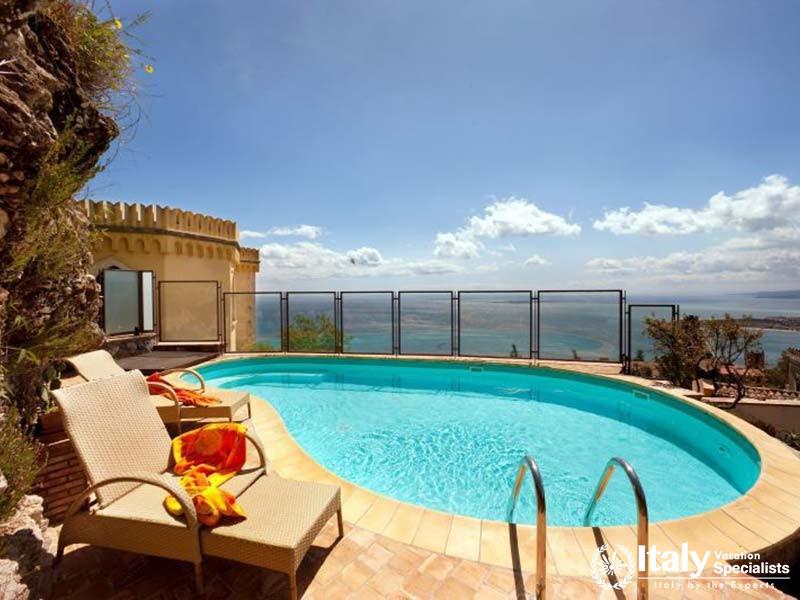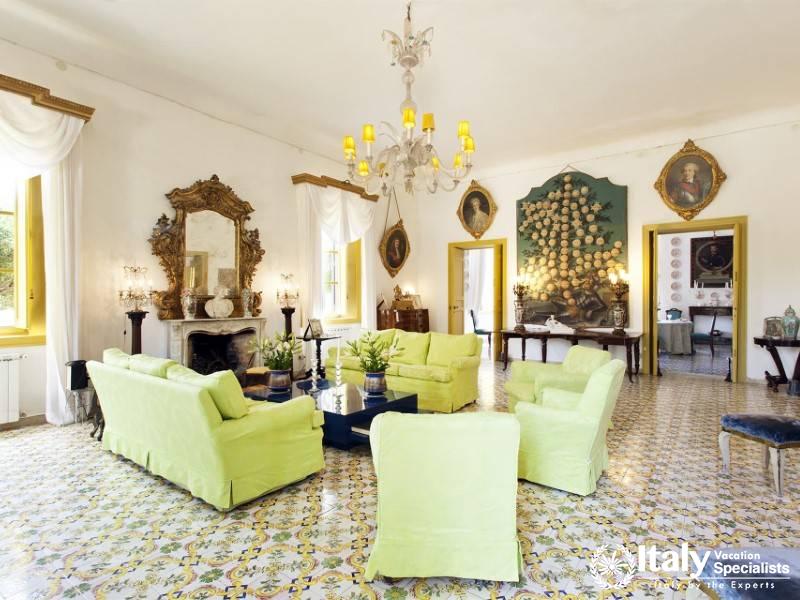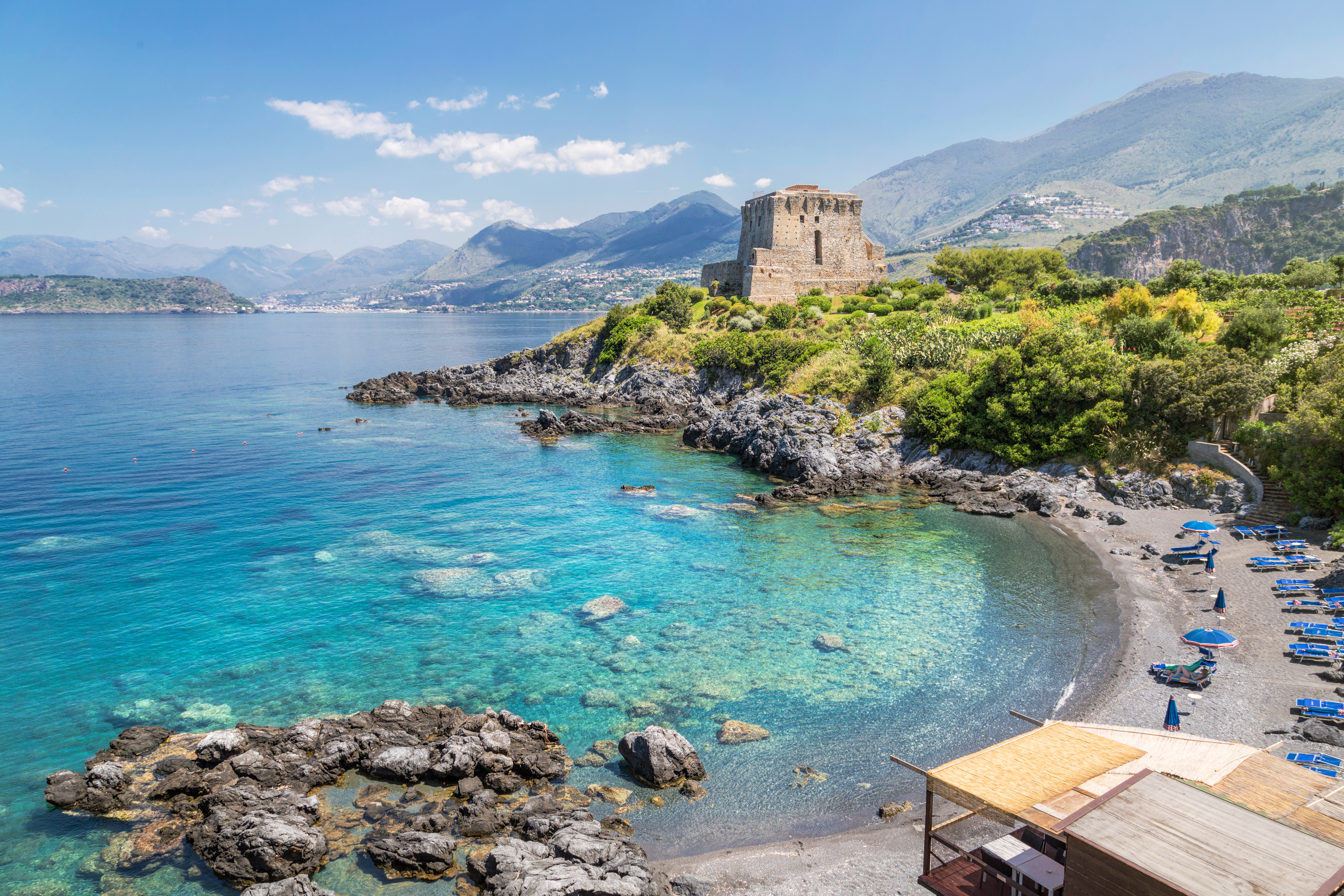Overview
Piazza Armerina is located in the Province of Enna, which is one of the highest elevated areas in all of Italy and this town is located in the center of the region. The area is densely forested within an area called the Erei Mountains, at an elevation of nearly 700 meters giving it a spectacular view of the surrounding countryside.
Truth be told, travelers coming to the area are mostly coming to visit the visit the Villa Romana del Casale, a few kilometers south, however the town of, Piazza Armerina has its own charms.
Piazza Armerina is dominated by the formidable Spinelli Castle, an Aragonese castle built from 1392-1396 and a Baroque style cathedral whose dome can be seen for miles around. However, there are a number of other notable churches to visit, and the centro storico - the historical center - offers pleasant strolls and piazzas fronted by an assortment of Renaissance and Baroque era palazzi and other buildings. There are also a number of good cafes, trattorias and restaurants, particularly along via Cavour, where you one can while away the hours.
The area of the town has been settled since pre-historic times by one of the tribes that inhabited Sicily before the arrival of the Greeks. There was probably a Greek community here, though not much is left of their habitation. It seems to have been a flourishing town during Roman times, and it is obvious from surviving buildings, monuments and artifacts that Piazza (as it was simply known until 1862) was an important center after the Norman conquest of Sicily in the 11th Century.
The massive Baroque style Cathedral, which incorporates both Norman Gothic and Catalan Gothic features, was built over a long period of time. The upper part dates from the 16th century, the lower was built during the late 17th and early 18th centuries on the foundations of an existing church. The dome was completed in 1768.
The adjacent Diocesan Museum contains much of the old treasure of the cathedral including silveware, reliquaries, sculpture, art works and so on. Aslo facing into the capacious Piazza Duomo is the Palazzo Trigona, built by the wealthy Trigona family who commissioned much of the building of the Duomo. The Palazzo di Citta (1700s) - home of the city administration has some interesting fresco work.
Other churches and religious buildings of interest include Chiesa di Santo Martino di Tours (1163), the Hermitage of St. Andrews dating to the 12th century, Chiesa San Giovanni Evangelista (14th century) with very good interior frescoes by Gugliemo Borremans, Chiesa Santa Maria del Gesu (16th century) and the Chiesa di Fundro (1613), dedicated to Saint Roch, which has a portal carved out of tufa. Chiesa Sant'Anna has a curiously concave portal. Just outside town, one finds the Priorato di Sant'Andrea, a monastery founded by a nephew of the first Norman King of Sicily, Roger I.
On via Cavour behind the Duomo is a hospital built originally by the Franciscans in the 17th century. It's bell tower has a conical spire covered in majolica tiles and its south facing facade is graced with a balcony, elegantly supported with Baroque style brackets.
Villa Romana del Casale
The principal tourist attraction in the area - about 7 km south of Piazza Armerina - are the ruins of a villa built by a wealthy Roman patrician between 330 and 360 AD. It is one of the largest and most lavish of such villas to have survived the ravages of time.
Villa Romana del Casale website
The villa, which is surprisingly large, has been enclosed within a glass and steel framework to protect it from the elements and to facilitate ongoing archaeological work. Most of the original foundations, most of its walls and many of its columns remain intact. Archaeological evidence suggests that the villa was built upon the remains of an ancient village dating to 100 or 200 AD.
There are many rooms, interior courtyards, a lavatory system and thermal bath (with various pipes still intact) and other areas that would have been kitchens, pantries, servant quarters and so on.
The mosaic floors and wall decorations (covering an amazing 3500 square meters) show an astounding range of imagery depicting a certain kind of Roman life - certainly not one open to the middle or lower classes. There are, for instance, hunting scenes, and scenes of scantily clothed, nubile young women exercising with dumbbells and other Roman era gym equipment.
Plan to spend at least half a day exploring the ruins.
by Jesse Andrews, December 7th, 2006
Gallery
Location
Hotel
Villas
Apartment
Gallery



Our Multi-Day Holidays Tours
For Customized Holidays and Expert Advice, for travel in Italy and the Mediterranean,
get in touch with your travel agent or contact us via our
Trip Planning Questionnaire.
-
Direct In Italy: +39 375 823 5314
-
Toll Free: 1-866-779-2565
